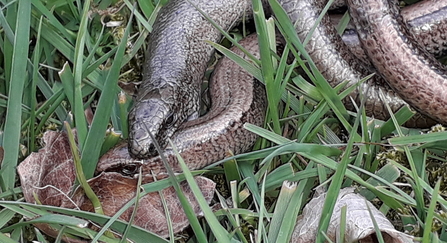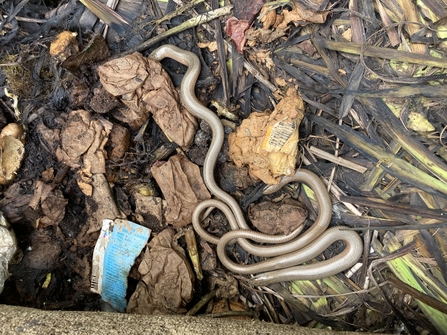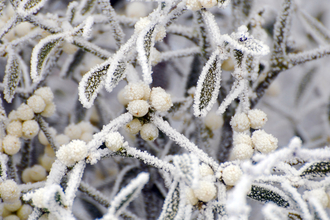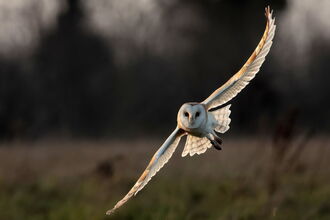Is it any surprise that the House at Hogwarts that's considered cunning and associated with dark magic is called Slytherin? The parts of nature that slither and slink are generally a bit unloved. From worms to snakes, we often recoil at the way they move. Discover more about any of these species, though, and you'll find a world of fascination.
Take the sinuous slow-worm as an example. They may hide away, unseen, in your garden or local greenspace but if you're a keen gardener, they might be your best friend.
Slow-worms are widely found in gardens, allotments, ‘waste’ ground, churchyards and woodland edges across the whole of Worcestershire. Following surveys in the 1990s that discovered large numbers of the reptiles on city allotments, the Faithful City became known as Slow-worm City to those in the know. Colleagues helping communities connect to wildlife in Worcester are finding that this is still true; Worcester’s allotment-holders are proud providers of homes for these wonderful creatures.
As for being the best friend of plant-lovers, an allotment-holder in Worcester once told of watching a slow-worm polish off 17 slugs in one sitting. Whether you’ve got a garden or can help to influence management of your local greenspace, read on to discover how to identify our slug-munching friends and how you can give them a helping hand.






